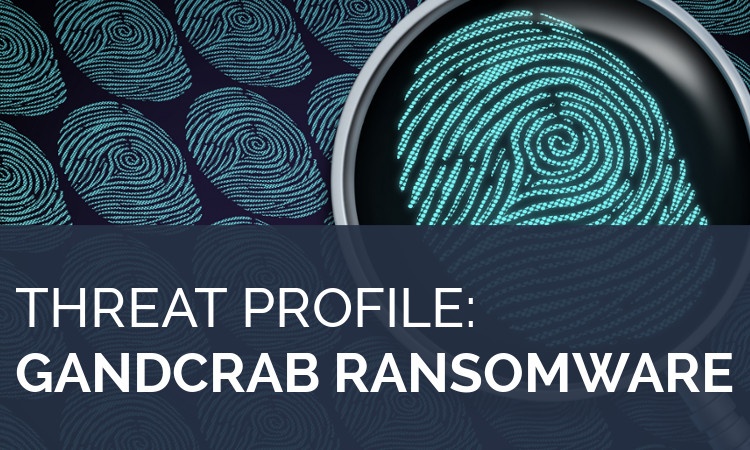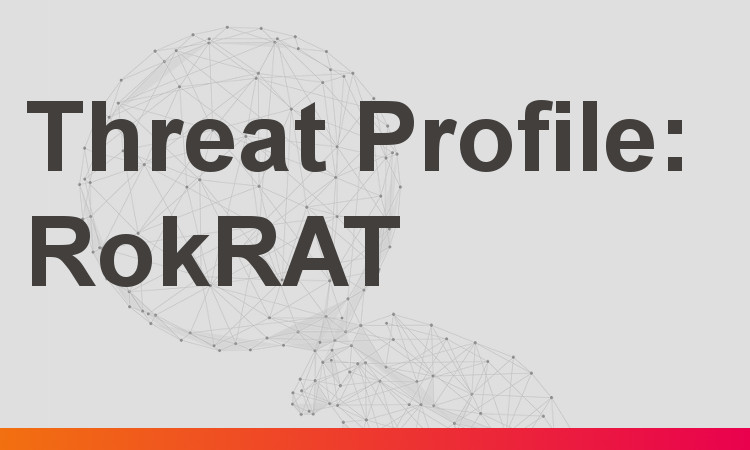Fileless malware is a type of a malicious code execution technique that operates completely within process memory; no files are dropped onto the disk. Without any artifacts on the hard drive to detect, these attacks easily evade most security...
Read MoreJuly has been a busy month for the distributors of GandCrab ransomware. After about two months with no major update, the cybercrime gang behind GandCrab released version 4, and a few days later, version 4.1. The primary delivery method is via...
Read MoreA new highly sophisticated botnet incorporating numerous malicious, evasive techniques is quickly spreading its tentacles. Dubbed MyloBot, the botnet uses an usually complex chain attack and combines multiple anti-analysis techniques to make it more...
Read MoreOn the 12th of April, Morphisec, identified and prevented a major wave of malspam purporting to be from HSBC Bank. The phishing campaign targeted several industrial manufacturing and service enterprises in Asia, using standard but still often...
Read MoreThese days, most malware employs a long attack chain with anti-analysis techniques to make it more difficult to detect the payload and harder to analyze by security researchers. More and more frequently, they are also incorporating coin miners in...
Read MoreGandCrab Ransomware
Here is a look at GandCrab ransomware and some techniques it uses to evade detection and analysis. These days, most malware employs long-chain attack and anti-analysis techniques to make it more difficult to detect the payload...
Read MoreIntroduction
Towards the end of 2017, a group of researchers at Embedi discovered a Microsoft Office vulnerability that’s been quietly putting systems in danger for about 17 years.
Read MoreIntroduction
RokRAT is a sophisticated Remote Access Trojan (RAT) that is skilled at evading detection and uses multiple techniques to make analysis difficult. The current RokRAT campaign was identified by Cisco Talos in November 2017. The earliest...
Read MoreRansomware remained a major cybersecurity threat in 2017, leaving a trail of victims across all industries, company sizes and geographical borders. Phishing emails are the top ransomware delivery mechanism and they grow in number and...
Read MoreIntroduction
Packer-based malware is malware which is modified in the runtime memory using different and sophisticated compression techniques. Such malware is hard to detect by known malware scanners and anti-virus solutions. In addition, it is a...
Read MoreThe full report is also available as PDF.
On December 12, 2016 Morphisec identified and monitored a new wave of sophisticated malware delivered via targeted phishing emails with malicious macro-based documents attached. The malicious documents...
Read MoreThe full report is also available as PDF.
From November 7 – 15, 2016, Morphisec identified and monitored a new wave of sophisticated malware attacks using a modified version of the Hancitor downloader. The malware is delivered via targeted...
Read MoreSearch Our Site
Recent Posts
Posts by Tag
- Automated Moving Target Defense (157)
- Threat Research (135)
- Cyber Security News (131)
- Morphisec Labs (124)
- Morphisec News (55)
- Adaptive Exposure Management (13)
- Defense-in-Depth (12)
- Ransomware (12)
- Gartner (10)
- Threat and Vulnerability Management (9)
- Continuous Threat Exposure Management (CTEM) (8)
- Microsoft (8)
- In-Memory Attacks (7)
- Preemptive Security (7)
- Advanced Threat Defense (6)
- Legacy Security (5)
- Financial Cybersecurity (4)
- Healthcare Cybersecurity (4)
- Linux Cybersecurity (4)
- Runtime Attacks (4)
- ChatGPT (3)
- Evasive Loader (3)
- Fileless Malware (3)
- Patch Management (3)
- Product Blogs (3)
- Artificial Intelligence (2)
- Anti-tampering (1)
- Blockchain (1)
- Case Study (1)
- Cryptocurrency (1)
- IoT Security (1)
- Managed Service Providers (1)
- Server Security (1)















.png?width=571&height=160&name=iso27001-(2).png)